In recent years, the plight of pollinators has gotten a lot of press, and rightly so.
I spoke with the editorial board of the Chicago Tribune when they were investigating the well-intentioned distribution by General Mills of “one size fits all” wildflower seed packets to combat the declining populations of bees and other pollinators.
The decline of pollinator populations is well documented around the globe. Much attention has focused on honeybees, which are extremely important agricultural pollinators, but many of our native bees are vastly more imperiled. For example, the rusty patched bumblebee, native to the Upper Midwest, was just listed this month by the U.S. Fish and Wildlife Service as endangered.
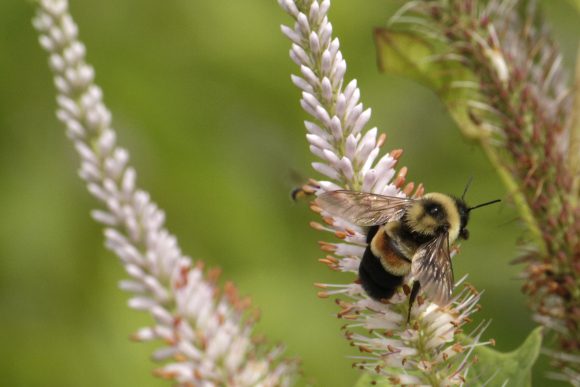
Many people are concerned about these losses and asking what they can do to help support bees, butterflies, and other pollinators. For a start, it’s more beneficial to pollinators to plant species that are native to your region, and perennial. Here are five more pollinator-friendly actions that everyone can take.
- Provide resources: For pollinators, this means flowering plants with pollen and/or nectar. Diversity is key, as flowers of different colors and shapes will attract different pollinators. Be sure to provide resources across the entire growing season, so include species that bloom in spring, summer, and fall. Regional native plants are the species our local pollinators evolved with, so they recognize and use them…and you don’t have to worry that they will become invasive!
- Provide host plants: The larvae of many butterflies and moths have particular species that they need to eat to develop, as monarchs need milkweed. Providing host plants will ensure that the next generation of butterflies can mature. Just be willing to accept hungry caterpillars eating those plants.
- Provide nesting sites: Many insects like to nest in bare ground, hollow stems, or leaf litter. Allowing your yard to be a little less tidy can benefit insects. Many attractive bee houses are available for sale, and do-it-yourself instructions can be found on the web.
- Avoid pesticides: Pesticides are designed to kill insects, but sometimes they also kill pollinators unintentionally. Systemic pesticides can persist in plants for long periods of time and are present in all parts of the plant, including nectar and pollen. So if you choose plants for a pollinator garden, make sure they haven’t been treated with systemic pesticides. If possible, make your entire yard pesticide-free.
- Learn more about pollinators: There are some great resources on the web—including those created by the Pollinator Partnership and the Xerces Society—that can help you do even more for pollinators.
Help for pollinators begins in your own backyard. These native plants below are recommended to bring back pollinator populations. (Don’t overlook trees—native maples and willows can provide critical resources early in the season.)
Read more about the science behind this important topic in the Natural Areas Journal article, The Importance of Phenological Diversity in Seed Mixes for Pollinator Restoration by Kayri Havens and Pati Vitt, Chicago Botanic Garden.
©2017 Chicago Botanic Garden and my.chicagobotanic.org


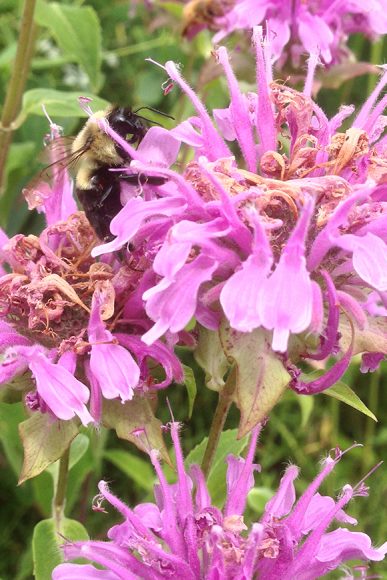
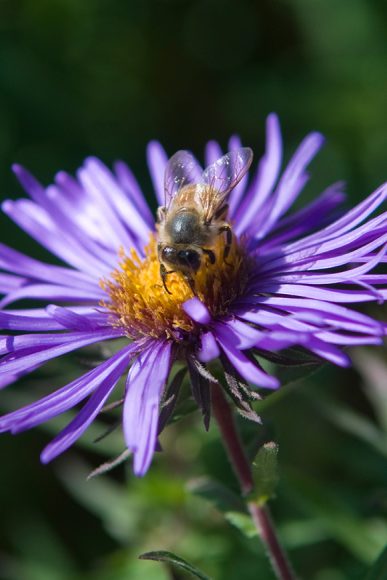
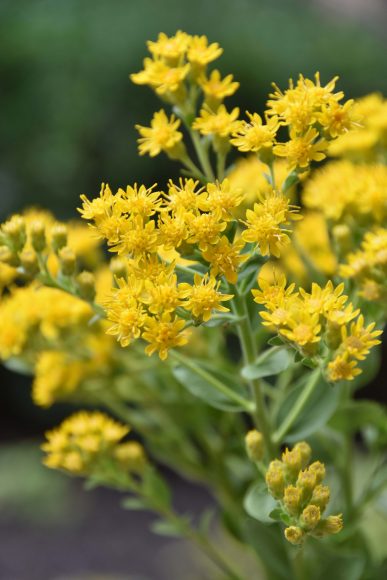
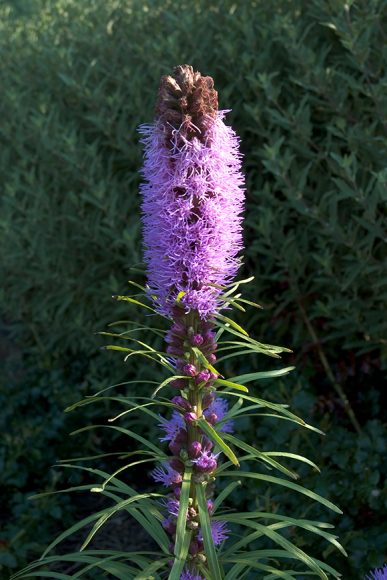
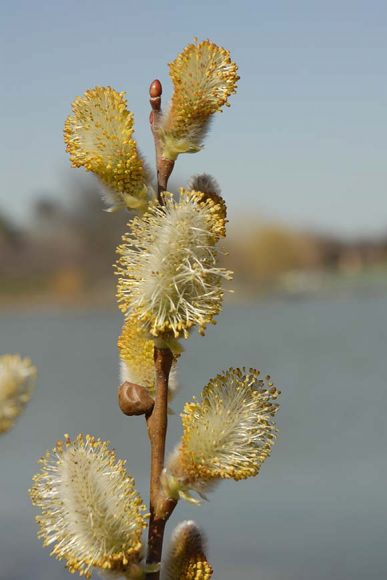
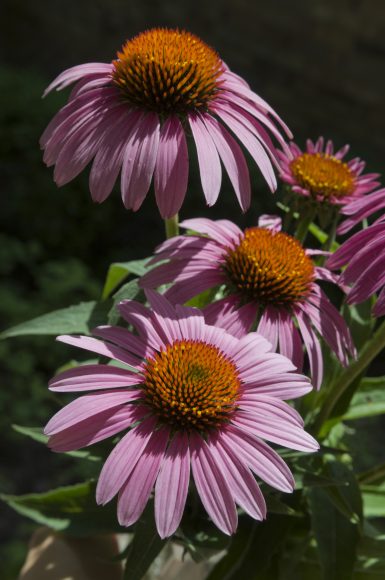
Thanks for posting this. I would like to do more to attract pollinators. I love seeing the bees and insects in my yard
So so important. Every gardener should be aware of this message and garden sustainably. In Australia there is great concern for the native bee populations as many tree hollows are being taken over by feral introduced bees that have escaped from their hives. Although these bees were introduced for the production of honey, they are very invasive and a large threat to the more docile Aussie bees.
Thanks @Kay Havens
Useful information